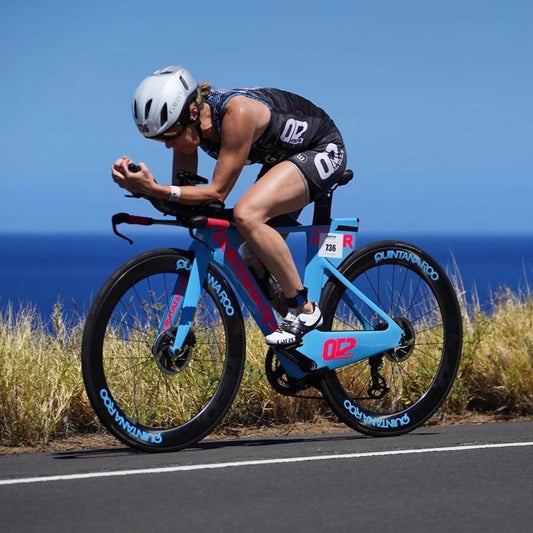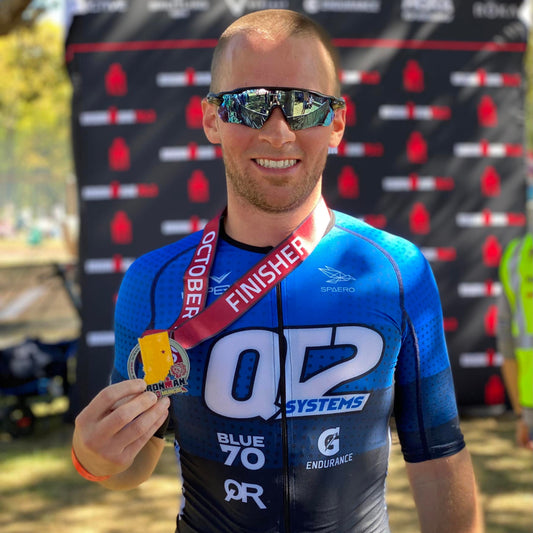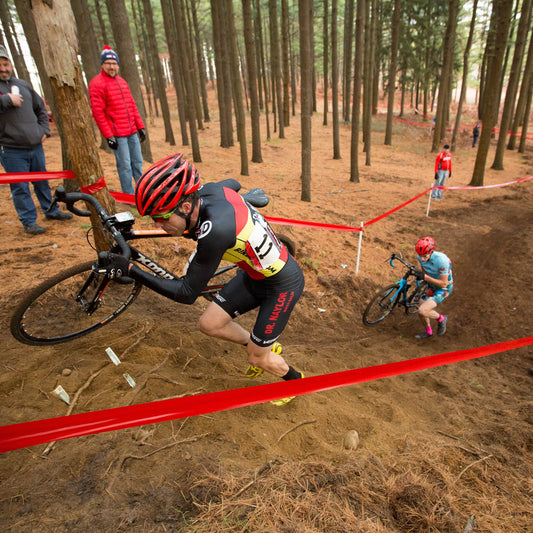
Going into every race, it’s important to have a plan. But let’s face it, sometimes races don’t go as planned. So when that happens, what do you do? How do you adjust on the fly or do damage control?
If you’ve been racing long enough, you’ll have picked up some things along the way. With each race, you learn something new. Earlier this week at the Boston Marathon, my race didn’t go quite as planned, but I was able to adjust on the fly and still have a good day. As an added bonus, I learned a couple things, and so it ended up being a valuable experience from a couple of different perspectives. If you can achieve most of your goals AND learn something? Well then, I’d call that a darnn good race day.
The Backdrop.
I largely didn’t run in 2021 due to a stubborn case of osteitis pubis. My total running last year amounted to 5 weeks of jogging before the 2021 Boston Marathon. So coming into January 2022, I had essentially taken a year off of running. As such, I didn’t try to “force” any mileages in my workouts during my build for Boston 2022. I started with a 10 mile week in early January, and added 5-10 miles per week from there. At the end of it all, I was able to average around 45-50 miles per week in March, which certainly isn’t “ideal”, but it’s enough to get you to the finish line! Based on my workouts, I felt fairly fit and was in 2:47-2:49 shape in early April.
Then things started taking a left turn, and here’s where we get into “expectation management.”
* Two weeks pre-race, I bent down to pick up a notebook and felt like I got stabbed in the spine. Luckily it was just a muscle strain and not a disc issue, but it still cost me 4 days of training. My planned mileage for that week was about 50, but the injury only allowed me to get in about 20. Negligible if it had been January, but given that it was so close to the race, it definitely had some impact.
* The wind on race day. Boston is a unique course in that it’s point-to-point, and so whatever the wind direction is, that’s what you get for the entire race. Usually, the wind is from the west and you get a nice tailwind all day. Not so much yesterday. We had a moderate headwind from the east the whole way.
Adjusting on the Fly.
Considering these two things, I immediately shifted my race plan one mile into the race. My goal time had been based on neutral conditions. We did not have neutral conditions, so I simply added 10-15 seconds to my goal splits for each mile to account for the wind. Checking my HR, it was right where it should have been (on the border of Z2 and Z3), so I think this pacing decision was the right call. I didn’t try to “force” a pace, which is a mistake that so many athletes make in running races. You have to be able to read the conditions and adjust accordingly. Remember – you only have so much control over how fast you’re going. You can control technique, effort, nutrition, and attitude, but you cannot control weather or terrain.
Effort + nutrition + attitude + technique + weather + terrain = Pace.
Notice that you only have control over 4 of those 6 inputs…
Damage Control.
Starting at mile 17, I started feeling twinges in my right hamstring, and I knew I was hovering on the edge of a cramp. At mile 21.5 it completely locked up. I stopped and stretched it and rubbed it for 45 seconds, and then jogged backwards along the course until it relaxed. I was up and running again about 75 seconds after it locked up, which isn’t too bad for a cramp like that. From there on out, I jogged in the last 4 miles conservatively, for fear of setting it off again. Point is: if a hamstring locks up on you, the protocol is: stretch, rub, and jog backwards. That should loosen it up enough for you to get back on your way. This was almost definitely a “fatigue cramp” as opposed to an “electrolytes cramp”, as the cooler temps didn’t drive sweat rates high enough to cause meaningful electrolyte issues. (I seriously doubt there are any peer-reviewed studies on jogging backwards to relieve hamstring cramps, but it’s worked for me in the past, so I just go with it).
General Notes.
* I was frozen on race morning. Air temperature was 45 degrees, and I thought a sweatshirt and bathrobe would be enough. It absolutely was not. I was shivering for 2-3 hours before the race, and never really warmed up even after we started running. The rule here is that you should always bring more warm morning clothes than you think you need if you’re going to be standing around in cool/cold air for 3 hours before a race.
* If you negative split Boston, you did something wrong during the first half of the race. Most races, negative splitting is the way to go. Not at Boston, though. The way the course is laid out, the best performances at Boston have a faster first half marathon than second half marathon. And yes, there is data to back this up. Now, this comes with an important disclaimer… you should increase your HR and power throughout the race (or hold them steady), but your pace will slow down throughout due to the elevation profile of the course. This gets back to what I said earlier, you can control effort (HR and power), but you only have limited control over pace because terrain and weather are gonna do their thing. It’s up to you to adjust to them, not the other way around. I ended up splitting 1:26:xx/1:32:xx for the two half marathons. Ideal pacing would have been maybe 1:26:xx/1:29:xx, but I wasn’t able to achieve that due to the above-mentioned hamstring cramps.
*The first 3 miles at Boston will likely feel like garbage and you’ll be questioning if you can even finish the race. You stand around for 3 hours without much chance to warmup, and then run downhill for 3 miles while engulfed in crowd of people who are all going slightly different paces. This leads to achy joints and mental frustration, but you just have to roll with it and know that things will open up around mile 4 or 5. It gets better, I promise!
So that’s that… another great year at Boston celebrating spring with hundreds of thousands of spectators. There’s no other race quite like it and I can’t wait to be back in 2023!
This post was written by QT2 Level 3 Coach, Doug MacLean.





